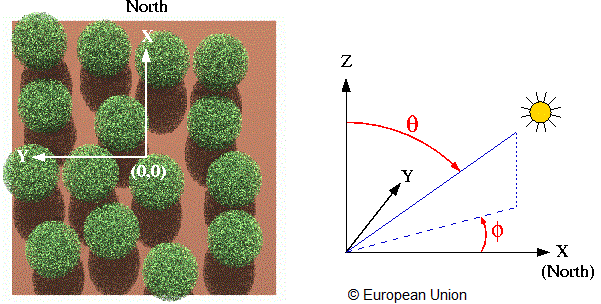brfop
Results for BRF in the cross plane (perpendicular to the principal plane)
brfop_co_sgl
Results for BRF in the cross plane for single-scattered radiation
brfop_mlt
Results for BRF in the cross plane for multiple-scattered (two or more scattering events) radiation
brfop_uc_sgl
Results for BRF in the cross plane for single-scattered radiation collided by the soil
brfpp
Results for BRF in the principal plane (total)
brfpp_co_sgl
Results for BRF in the principal plane for single-scattered radiation
brfpp_mlt
Results for BRF in the principal plane for multiple-scattered (two or more scattering events) radiation
brfpp_uc_sgl
Results for BRF in the principal plane for single-scattered radiation collided by the soil





